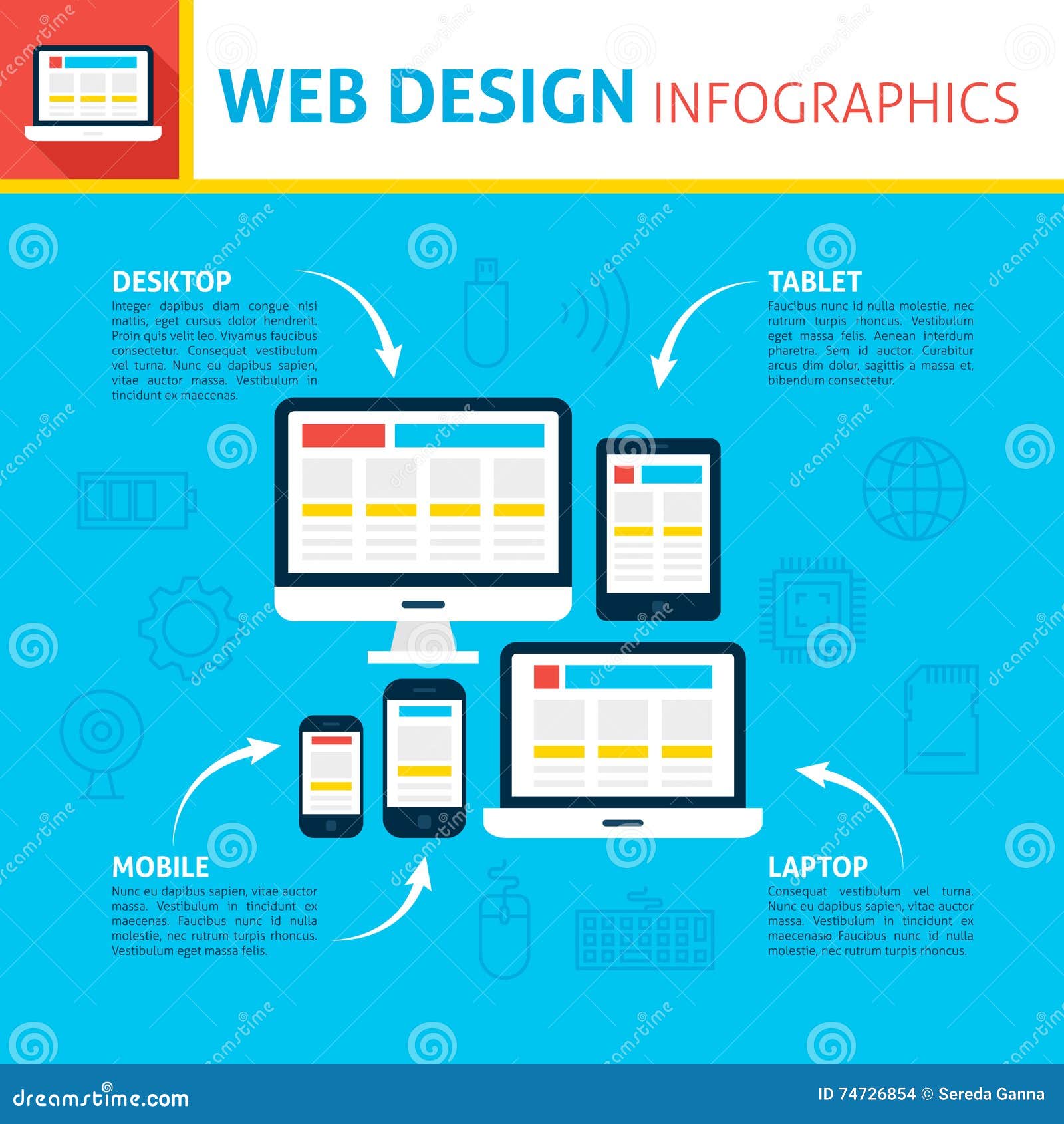Fascinated In Finding Out Exactly How Site Layout Has Transformed Throughout The Years? Explore The Journey
Fascinated In Finding Out Exactly How Site Layout Has Transformed Throughout The Years? Explore The Journey
Blog Article
Content By-Bradshaw Clarke
In the past, websites were basic and focused on info. Navigating was straight, and style was for desktop computers. Now, individual experience is crucial. Data guides designs for easy navigation. Responsive formats match various gadgets. Today, dark setting lowers stress, and minimalist menus improve navigating. Interactive functions engage individuals, and vibrant visuals stick out. AI integration improves interaction. See exactly how layout has actually developed to boost your on the internet trip.
Very Early Days of Website Design
In the very early days of web design, simpleness reigned supreme. https://www.techiexpert.com/how-to-make-your-digital-marketing-overhaul-a-success/ were basic, with limited colors, typefaces, and layouts. The emphasis got on supplying info rather than fancy visuals. Users accessed the web with slow dial-up links, so speed and performance were crucial.
Navigation food selections were straightforward, typically located on top or side of the web page. Internet sites were designed for desktop, as mobile browsing wasn't yet widespread. Material was king, and designers focused on easy readability over complicated layout aspects.
HTML was the main coding language used, and developers had to function within its restraints. Computer animations and interactive attributes were minimal contrasted to today's standards. Web sites were fixed, with little vibrant content or customized individual experiences.
Increase of User-Focused Style
With the evolution of web site style, a shift towards user-focused design concepts has actually ended up being progressively popular. Today, creating web sites that focus on individual experience is crucial for involving site visitors and accomplishing company objectives. User-focused design involves understanding the demands, preferences, and behaviors of your target market to tailor the website's design, content, and includes appropriately.
Developers now perform complete research study, such as user surveys and functionality screening, to collect insights and responses straight from users. This data-driven technique aids in creating instinctive navigating, clear calls-to-action, and aesthetically attractive user interfaces that resonate with visitors. By positioning the user at the facility of the design procedure, internet sites can deliver an extra individualized and satisfying experience.
Receptive style has actually also become an essential element of user-focused style, making sure that websites are maximized for different devices and screen dimensions. This adaptability enhances access and use, satisfying the diverse methods individuals interact with web sites today. In essence, the increase of user-focused design represents a shift in the direction of creating digital experiences that prioritize the needs and assumptions of completion individual.
Modern Trends in Web Design
Explore the most recent patterns forming web design today. One noticeable fad is dark mode design, offering a smooth and modern-day appearance while reducing eye pressure in low-light settings. One more essential pattern is minimal navigating, simplifying menus and enhancing user experience by focusing on essential elements. Including micro-interactions, such as computer animated switches or scrolling effects, can produce an extra interesting and interactive website. Responsive design remains critical, making certain seamless user experiences across various devices. Furthermore, utilizing vibrant typography and asymmetrical layouts can add visual passion and accentuate certain material.
Incorporating AI modern technology, like chatbots for client assistance or personalized recommendations, enhances customer involvement and simplifies processes. Access has likewise become a considerable fad, with developers focusing on comprehensive style techniques to deal with varied customer needs. Accepting sustainability by enhancing website performance for rate and efficiency is another arising pattern in website design. Working together with user comments and information analytics to iterate and boost layout constantly is essential for staying relevant in the ever-evolving digital landscape. By embracing these contemporary fads, you can produce an aesthetically attractive, easy to use website that resonates with your target market.
Final thought
As you review the advancement of web site design from the early days to now, you can see how user-focused design has become the driving pressure behind modern trends.
Embrace the journey of modification and adaptation in web design, constantly maintaining the individual experience at the center.
Keep current with the current trends and modern technologies, and never ever quit evolving your technique to develop aesthetically stunning and easy to use websites.
Evolve, adapt, and create - the future of web design remains in your hands.
